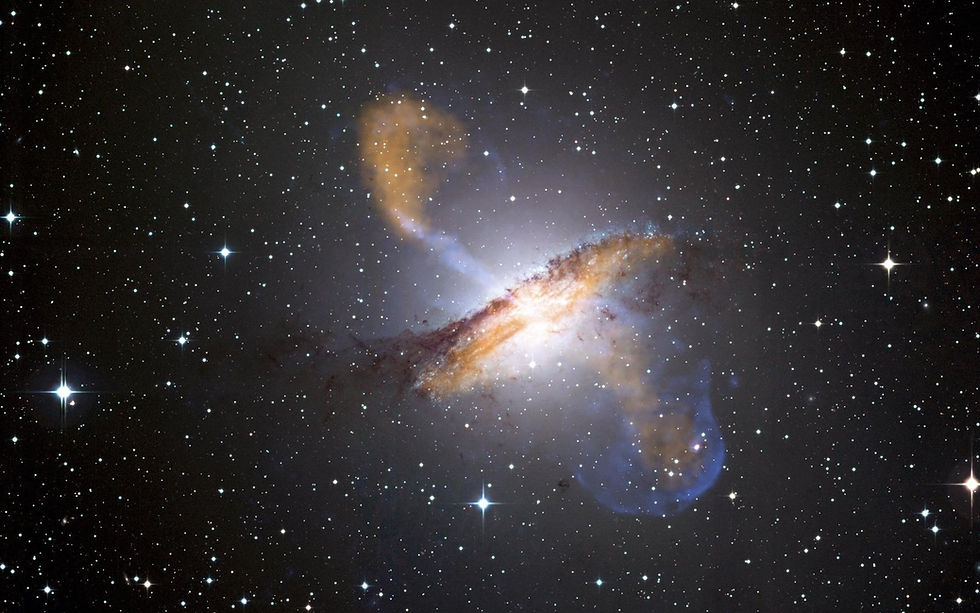Telescopes: through the looking glass
- Tamara
- Sep 5, 2022
- 2 min read
Updated: Dec 27, 2022

Telescopes are fundamental instruments that greatly aid the study of astronomy and our understanding of the universe. Telescopes are not only found within children’s bedrooms but are also situated in orbit around the earth.
The aperture of a telescope is the diameter of the light-collecting region, or in other words, where light travels through. The collecting area, the square of the aperture, determines the quality of a telescope. The higher the collecting area, the better the resolving power, and hence, the sharper the image will be. In comparison to small telescopes, large telescopes can provide smaller resolution angles. Large telescopes allow scientists to see further and deeper into the universe.
It is crucial to investigate information of invisible wavelengths on the electromagnetic spectrum as these tricky waves are able to provide valuable information about the deeper universe, further than what our eyes can manage through optical telescopes.
Radio waves, the waves with the longest wavelengths on the spectrum, are the most common type of invisible wave done on the ground. Radio telescopes work by collecting the radiation as it bounces off the mesh at the Gregorian feed, which is lifted by cables above the large dish. Radio telescopes can be much larger than optical telescopes, as the wavelengths are much larger and more detail can be observed as the surface area increases. Radio telescopes have helped scientists learn more about gas giants, particularly about the gases that swirl around Uranus and Neptune.
Next on the spectrum, in decreasing wavelength, are infrared waves. Since infrared waves are unable to penetrate to the earth‘s surface, observation must be done at very high altitudes. Chilean sites can observe short infrared waves. However, for mid and far-infrared astronomy, 10-micron wavelengths or longer, scientists are required to either go into space, or much higher altitudes. These much higher altitudes are usually reached by going onboard hot air balloons or aircraft. The Spitzer Space telescope, contributed by NASA, functions on the basis of infrared astronomy. This telescope was not only the first telescope to see light from a planet outside our solar system, but also made crucial discoveries about comets, exoplanets, distant galaxies, and more.
At last, the waves with the shortest wavelength, X-rays, are one of the most expensive types of telescopes manufactured. X-rays require lots of concentric reflecting surfaces to steadily collect the waves at a focal point. In addition to working by a grazing incidence, this hardware is complex and giant, leading to higher expenses. Consequently, it is tough to initiate a large collecting area, as it would have to increase the size of every other component too. Through all this hard work, X-ray telescopes can provide scientists with very valuable details. For example, X-ray emissions from very hot regions of the Universe get detected by NASA’s Chandra X-ray Observatory, discovering exploded stars, clusters of galaxies, and matter around black holes.
Space is a magnificent thing, and all we have to do is open our eyes.
_edited.png)



Comments